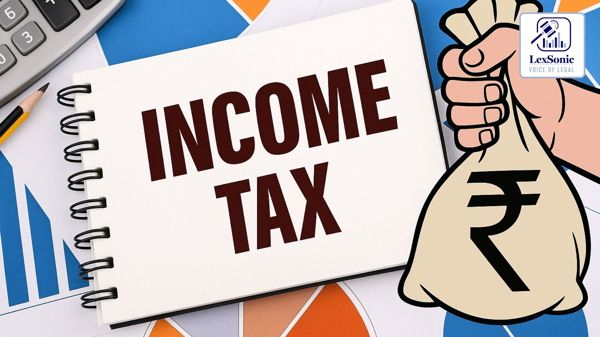Timelines and Tax Claims: Navigating the Maze of Revised Returns in Income Tax Law.
04 October 2024
Civil Appeals >> Civil & Consumer Law | Income Tax >> Tax Laws
The intricacies of income tax law often lead to complex legal disputes, particularly concerning the submission and acceptance of revised tax returns. A notable case of M/s. Shriram Investments v/s The Commissioner of Income Tax III Chennai highlighting these complexities involved an appellant-assessee who navigated through various levels of the Income Tax hierarchy, from the assessing officer to the High Court of Madras. This article delves into the facts, legal submissions, and the eventual judgment that underscores the limitations on revised returns under the Income Tax Act, 1961.
Factual Background:
In November 1989, the appellant filed an income tax return for the assessment year 1989-90. Following the original submission, the appellant filed a revised return on October 31, 1990, and subsequently another revised return on October 29, 1991. However, the assessing officer did not acknowledge the latter submission, prompting the appellant to appeal to the Commissioner of Income Tax (Appeals) (CIT(A)). The CIT(A) dismissed the appeal, citing that the revised return was barred by limitation under Section 139(5) of the Income Tax Act.
Dissatisfied with this outcome, the appellant escalated the matter to the Income Tax Appellate Tribunal (Tribunal), which remanded the case back to the assessing officer, directing a reevaluation of the claim regarding deferred revenue expenditure. This remand set the stage for further legal scrutiny when the respondent Department appealed to the High Court.

High Court Ruling:
The High Court of Judicature at Madras overturned the Tribunal’s order, asserting that the revised return filed by the appellant was indeed time-barred. According to the High Court, once the revised return exceeded the allowable timeframe, there existed no provision for the assessing officer to consider claims made therein.
Legal Submissions:
The legal arguments presented by the appellant’s counsel referenced the Supreme Court decision in Wipro Finance Ltd. v. Commissioner of Income Tax. The appellant’s counsel contended that the Tribunal had acted correctly by allowing the assessing officer to consider the claim for deduction during the assessment proceedings, regardless of whether it had been explicitly included in the original return.
Conversely, the Additional Solicitor General (ASG) representing the Department leaned on precedents such as Goetze (India) Ltd. v. Commissioner of Income Tax and Wipro Limited, asserting that claims made in revised returns after the limitation period are impermissible.
Consideration of Arguments:
Upon reviewing the arguments, the Supreme Court noted that the case of Wipro Finance Ltd. primarily addressed the appellate powers of the Tribunal under Section 254 of the Income Tax Act, rather than the authority of the assessing officer to entertain claims from a late revised return. In contrast, the Goetze (India) Ltd. ruling emphasized that the assessing officer could only accept claims submitted within the prescribed timelines set by the Act.
Section 139(5) of the Income Tax Act explicitly delineates the conditions under which a revised return can be filed, limiting the time frame to one year from the end of the assessment year or before the completion of the assessment, whichever occurs first. The Court highlighted that, given the bar on the revised return, the assessing officer had no jurisdiction to consider the claim presented by the appellant.
Conclusion:
Ultimately, the Supreme Court upheld the High Court's decision, reinforcing the notion that once a revised return is deemed time-barred, the assessing officer cannot consider claims made in that return. This judgment underscores the critical importance of adhering to statutory deadlines in tax submissions and clarifies the jurisdictional boundaries of the assessing officer in relation to revised returns. As tax laws evolve and cases continue to test their limits, this decision serves as a key reference point for both tax practitioners and taxpayers alike, emphasizing the necessity of timely compliance in tax reporting.
